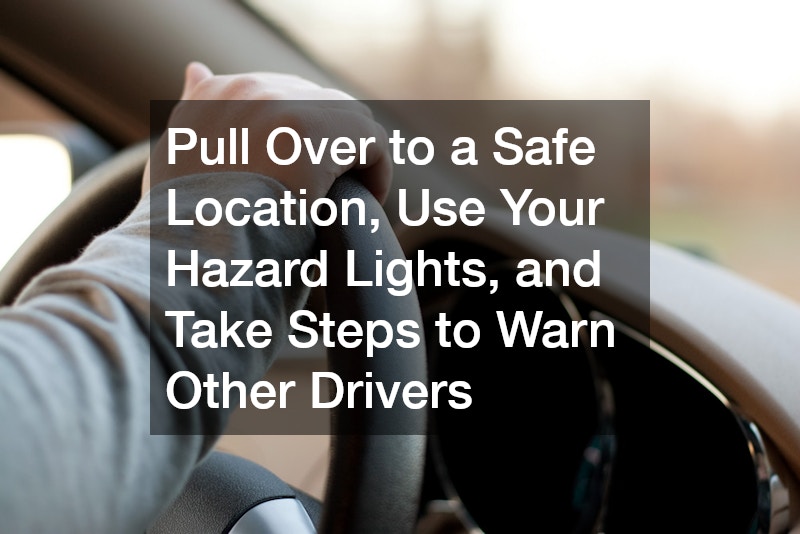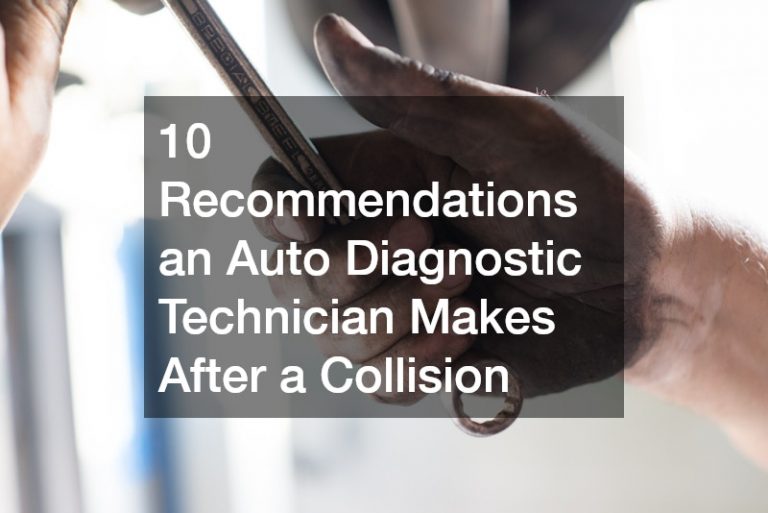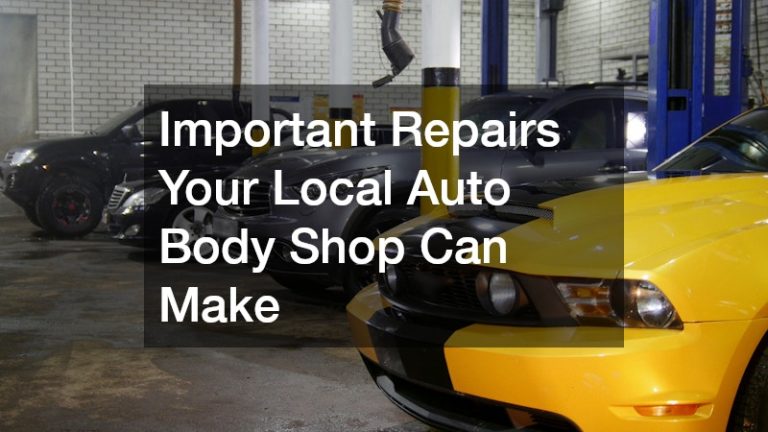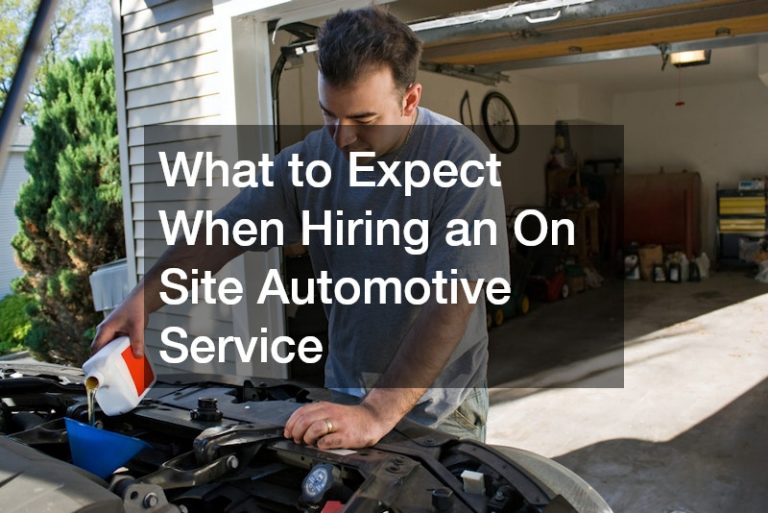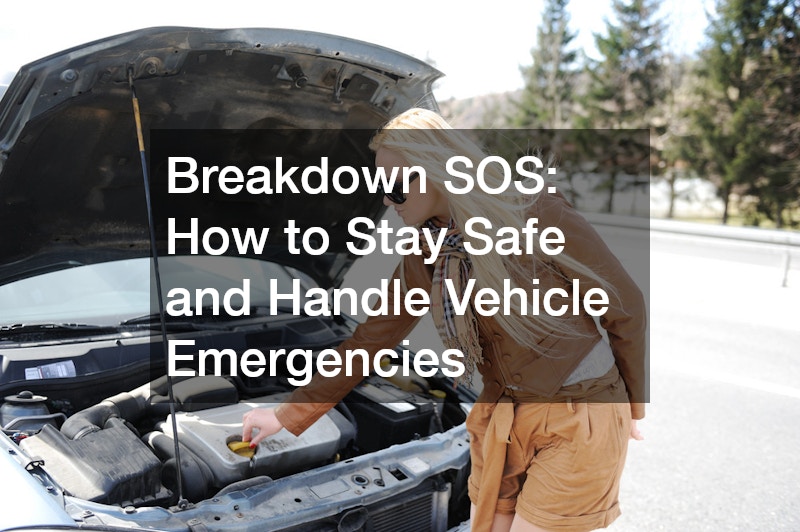

Car breakdowns are an unfortunate reality for most drivers at some point in their lives. Whether it’s a flat tire, engine trouble, or running out of gas, these unexpected situations can happen when you least expect it. But how you handle a breakdown can make all the difference–not only for your safety but also for the safety of other drivers on the road. Here’s a guide to staying calm, prepared, and safe when your vehicle decides to stop working.
1. Stay Calm and Assess the Situation
The first thing to do when your vehicle breaks down is to stay calm. Panicking will only make things worse.
As soon as you realize there’s an issue, try to assess the situation to understand the severity. If you’re experiencing trouble with the vehicle, whether it’s losing power, having trouble steering, or the engine making strange noises, pull over to the side of the road as soon as it’s safe to do so.
2. Pull Over to a Safe Spot
If possible, steer your vehicle off the main road. The safest place is usually a wide shoulder or emergency lane, away from high-speed traffic. If you’re on a highway, try to move as far off the road as possible, and if you can, drive to the nearest exit or parking lot to get out of harm’s way.
Once you’ve safely stopped, turn on your hazard lights to alert other drivers to your presence. This is critical, especially at night or in poor visibility conditions. The goal is to make your vehicle as visible as possible to other drivers, giving them enough time to react and avoid an accident.
3. Protect Yourself with Seatbelts
Even though your car is stopped, it’s important to keep your seatbelt on if you’re still inside the vehicle. This step may seem trivial, but in the event that another vehicle strikes yours from behind, your seatbelt could save you from injury. It’s better to be safe than sorry, so take this precaution every time you pull over to the side of the road.
4. Carefully Exit the Vehicle
Before getting out of the car, always check your surroundings. Look for oncoming traffic, and ensure there’s no immediate danger. Avoid standing in front of the car or walking too close to it. If possible, exit the vehicle from the passenger side, which is safer if you’re on the side of a busy highway. Always stay behind your car, or, if there’s a guardrail, stand behind it for added protection.
5. Don’t Attempt to Fix Everything on the Spot
While it’s tempting to start troubleshooting or even try to fix your car on the side of the road, this can be dangerous. If your car is overheating and emitting steam, don’t immediately open the hood. Wait for the engine to cool down first. If you absolutely must check the coolant levels or any other fluids, do so carefully. Opening the radiator cap when the engine is hot can cause serious burns, so proceed with caution.
If you’re dealing with a mechanical issue like a flat tire, avoid attempting to fix it if your car is on a soft or uneven surface, like dirt. It’s unsafe to jack up a vehicle in these conditions, and you may end up causing more damage.
6. Use Warning Devices to Alert Others
If you’re stuck on the side of the road, making your vehicle visible to other drivers is paramount. In addition to your hazard lights, consider placing traffic cones, road flares, or LED road flares around your vehicle to create a safe perimeter. This additional warning system gives other drivers a visual cue to slow down and stay alert as they approach your car.
While flares are effective, modern LED road flares are a safer option. They don’t pose the same fire risk as traditional flares and can still get the attention of oncoming traffic.
7. Check for Low Fuel or Other Simple Causes
If your vehicle is stalling or not responding, one of the first things to check is the fuel gauge. It’s easy to forget to fill up, especially on long trips, and running out of gas can cause a breakdown. If you’re lucky and that’s the case, the solution is simple–just get some fuel. If not, the issue may be more serious.
Other simple fixes can include checking for loose hoses or connections under the hood. For instance, check the vacuum lines or connectors for any visible issues. If something’s popped off, reattach it, but only if it’s safe to do so.
8. Handle Overheating Carefully
An overheating engine is one of the more common reasons vehicles break down. If you notice steam or smoke coming from under the hood, pull over immediately. Do not open the radiator cap while the engine is hot. Instead, wait for the car to cool down before checking the coolant levels.
If you have access to water, you can temporarily top off the coolant, but keep in mind that this is just a short-term solution. You’ll need to flush the system and replace the coolant properly to prevent further damage.
9. Other Fluid Checks
Sometimes, the issue may not be as obvious as running out of gas or an overheated engine. Low levels of oil, power steering fluid, or even transmission fluid can lead to problems that affect how your car drives. Always carry a rag to wipe down the dipstick when checking the oil. Make sure it’s at the right level, especially if your car uses VVT solenoids (Variable Valve Timing), as low oil levels can lead to drivability issues.
Similarly, if your power steering is whining or feeling heavy, check the power steering fluid. If you don’t have the right fluid on hand, you can use transmission fluid as a temporary substitute.
10. When to Call for Help
In some cases, you may be unable to resolve the problem on your own. Whether it’s a major mechanical issue, a broken serpentine belt, or another serious problem, it’s best to call for roadside assistance or a tow truck. Don’t risk driving your car in a compromised condition—it’s always safer to get professional help. If you’re in need of assistance, 24 hour towing services can help you out in the middle of the night or during a holiday when most other services may be unavailable.
Be Prepared and Stay Safe
Breakdowns are stressful, but with the right precautions, you can stay safe and make the best of an unfortunate situation. Remember to pull over to a safe location, use your hazard lights, and take steps to warn other drivers. Check for basic issues like fuel and fluid levels, and don’t attempt risky repairs on the side of the road. When in doubt, call for professional help and never put your safety at risk. Being prepared for a breakdown could save your life—make sure you’re ready to handle it like a pro.
.
